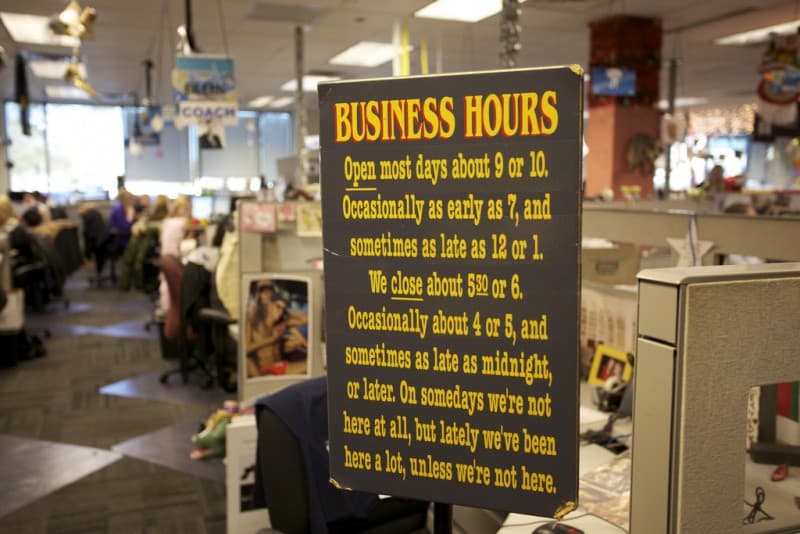One of the most significant grounds, why there are so many ill-managed firms across the world nowadays, is the universal creed that management and administrations should be the sole responsibility of top executives and managers.
This is the time when the Holacracy Model enters in, where the future of enterprises and corporations depend upon the rise of management in distributed forms. No need to cringe over the fact, because, as there are the advantages of adopting Holacracy in enterprises, there are also an equal amount of laybacks as to why Holacracy isn’t fit for your business.
The experience as widely reported in the media all over, with Zappos, demonstrated that the transformations into a distributive form of management aren’t as easy as it looks like.
In Zappos, Holacracy was introduced to rejuvenate the entire culture, making their workplace be fun at work. Instead, the ever-growing circles of responsibilities, which surfaced within the company, resulted in endless sessions of meeting in result wiping out the productivity.
The real issue with Holacracy is the persistence of wrong beliefs that have surrounded it, and not the ideas behind it, which people have been accusing of since a long time.
In particular, there are three leading misconceptions surrounding this system that needs to be changed as they have been damaging the model since a while now.
- The Holacracy model of a system is non-hierarchal.
- The specifics of implementations aren’t necessary.
- Functioning of the board should not be affected.
These delusions lead officials and employees to underestimate the confrontations arising from the system. As a result, they end up discovering artful titles to replace with those at conventional corporations and enterprises.
In fact, the model has left people wondering about what it actually is. The boss-free model in the business world focuses on a system, which is less structured with roles, unlike the substantial job descriptions, and over self-arranged and organized teams that focuses on particular goals and operations. While this system is a new piece of interest in business jargon, familiar models are said to have been existed for years.
Despite the issues, Tony Hsieh, CEO Zappos, cites the flexibility and speed of the so-called “Boss-free” Holacracy model as the main element for the ongoing success of his company.
Hsieh feels, as organizations grow bigger, productivity per employee and innovation generally tends to go down. He further adds, that his company is trying to figure out the ways on how to design the Zappos-like a city rather than bureaucratic corporations.
When it comes to Hsieh’s company, regarding it as growing bigger might be an understatement. Many startups look forward to following the footsteps of the company with a vision to strive for success, although, there are some key considerations you must watch out in order to avoid failure while adopting the system of Holacracy.
The Model May Not Be Suitable.
Indeed, it is true. The Holacracy model may work great at some places, but it has most probable chances of ending up in a disaster. It can work well in small home-based offices full of programmers and millennials trying to prove themselves; on the other end, it may not fit well with satellite branches and manufacturing plants.
It works well at one level and fails at another. For example, an established business can adopt the Holacracy system in some of its department on a trial basis. If the system works, then it is great, but in case it doesn’t then they are equipped and mature enough to bounce back in the league surpassing the loss they had to face. Whereas, things may not be in a similar grounds if the company is a startup with a shoestring budget.
Who Will Be Responsible?
The most significant issue with Holacracy comes into highlight when things start heading down. The ideas and visions behind this model are perfect when things are running smoothly while the resources are present to go around. But, who will be held responsible when the system of your organization hits an iceberg in mid of the sea? What if there is an urgent requirement to cut the workforce or expenses? Who will be the decision-maker to deliver the message to all?
The model is best suited to organizations that are financially well grown and stable.






